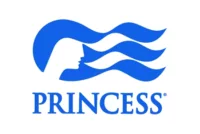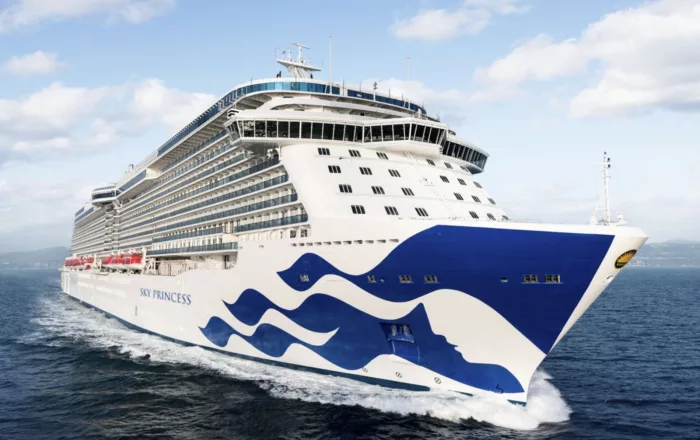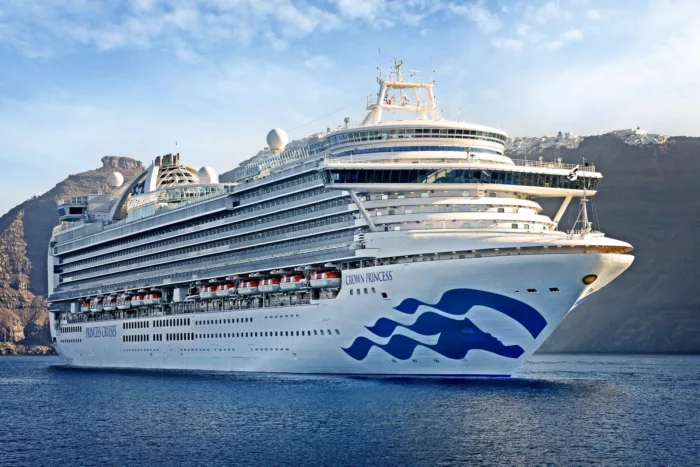
Credited with introducing millions of Americans to the concept of a modern cruise holiday, Princess Cruises is still innovating to this day.
Sporting a fleet of 17 ships with capacities ranging from 2,000 to 4,300 passengers, the line is best known for its Alaskan cruises, but travels to destinations the world over.
With an emphasis on destination leadership and local expertise, Princess is an excellent choice for the discerning traveller seeking to sail in comfort.





























Taking sea travel to new heights.
Sky Princess®, the newest addition to our fleet, elevates the distinctive, contemporary design and luxurious attractions of our renowned Royal-class ships to even loftier heights. You can look forward to our most exciting entertainment venues yet, our newest dining choices and award-winning chef partnerships, as well as more staterooms than ever to relax in. And that’s just the start!

















